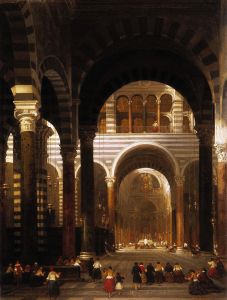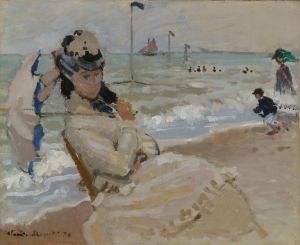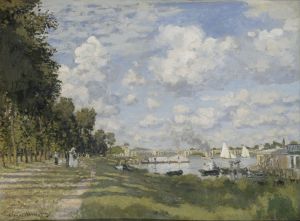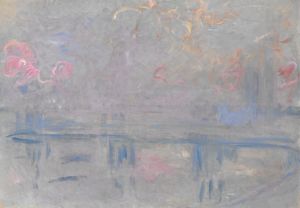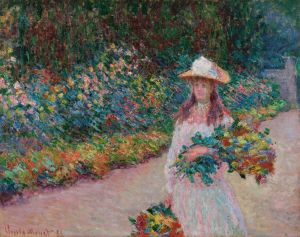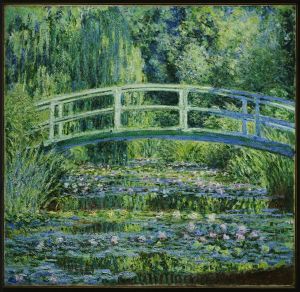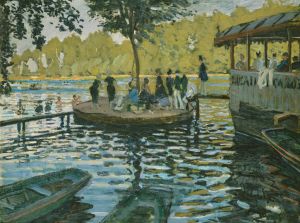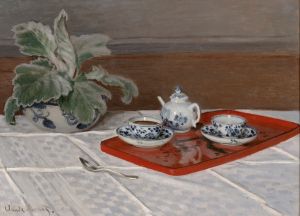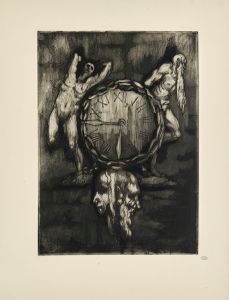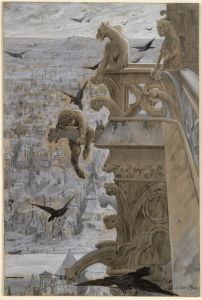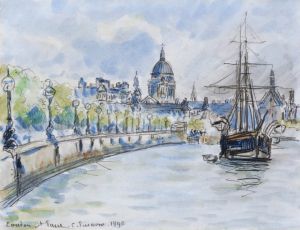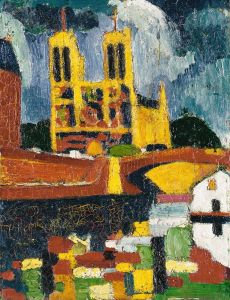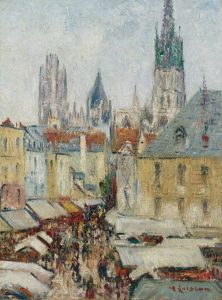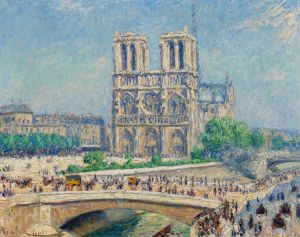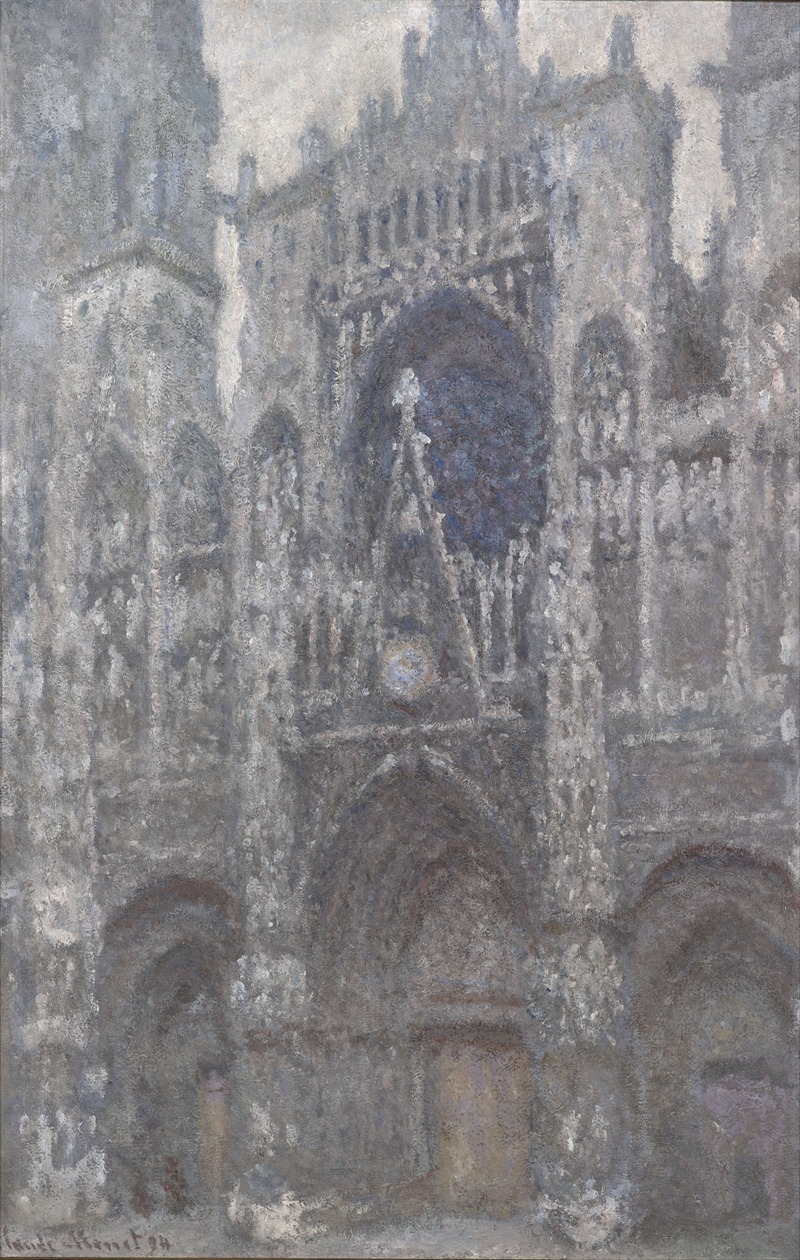
The Cathedral in Rouen. The portal, Grey Weather
A hand-painted replica of Claude Monet’s masterpiece The Cathedral in Rouen. The portal, Grey Weather, meticulously crafted by professional artists to capture the true essence of the original. Each piece is created with museum-quality canvas and rare mineral pigments, carefully painted by experienced artists with delicate brushstrokes and rich, layered colors to perfectly recreate the texture of the original artwork. Unlike machine-printed reproductions, this hand-painted version brings the painting to life, infused with the artist’s emotions and skill in every stroke. Whether for personal collection or home decoration, it instantly elevates the artistic atmosphere of any space.
"The Cathedral in Rouen. The Portal, Grey Weather" is a painting by the renowned French Impressionist artist Claude Monet. This work is part of Monet's famous "Rouen Cathedral" series, which he painted in the 1890s. The series consists of over thirty paintings depicting the facade of the Rouen Cathedral in Normandy, France, at different times of the day and under various weather conditions. Monet's focus on capturing the effects of light and atmosphere on the cathedral's stone surface is a hallmark of his Impressionist style.
Claude Monet began working on the Rouen Cathedral series in 1892 and continued into 1893. He rented spaces across the street from the cathedral to set up his easels, allowing him to observe and paint the structure from different angles and under varying lighting conditions. Monet was fascinated by the way light could transform the appearance of the cathedral's facade, and he sought to capture these transient effects in his paintings.
"The Portal, Grey Weather" is one of the paintings in this series, characterized by its depiction of the cathedral's portal under overcast skies. The painting exemplifies Monet's skill in rendering the subtle interplay of light and shadow, even in less dramatic lighting conditions. The grey weather provides a muted, soft light that diffuses across the stone surface, highlighting the intricate details of the Gothic architecture without the stark contrasts seen in some of his other works in the series.
Monet's Rouen Cathedral series is significant for its exploration of the effects of light and color, a central concern of the Impressionist movement. By painting the same subject repeatedly under different conditions, Monet was able to demonstrate how light and atmosphere could alter perception and mood. This approach was innovative at the time and contributed to the development of modern art by emphasizing the subjective experience of viewing art.
The series was first exhibited in 1895 at the gallery of Paul Durand-Ruel, a prominent art dealer who supported Monet and other Impressionists. The exhibition was well-received and helped to solidify Monet's reputation as a leading figure in the Impressionist movement. Today, the paintings from the Rouen Cathedral series are held in various museums and private collections around the world, with "The Portal, Grey Weather" being one of the notable pieces.
Monet's work on the Rouen Cathedral series reflects his dedication to capturing the essence of a moment through the interplay of light and color. "The Portal, Grey Weather" stands as a testament to his ability to find beauty and complexity in seemingly simple scenes, transforming them into profound artistic expressions. The series remains a celebrated example of Impressionism and continues to influence artists and captivate audiences with its innovative approach to depicting light and atmosphere.





